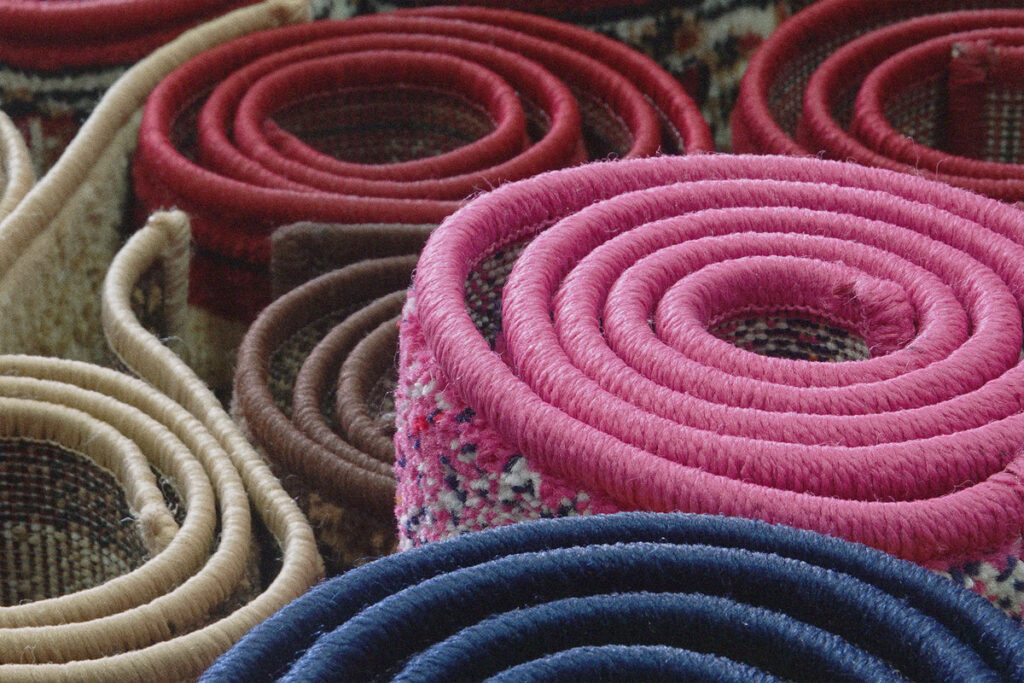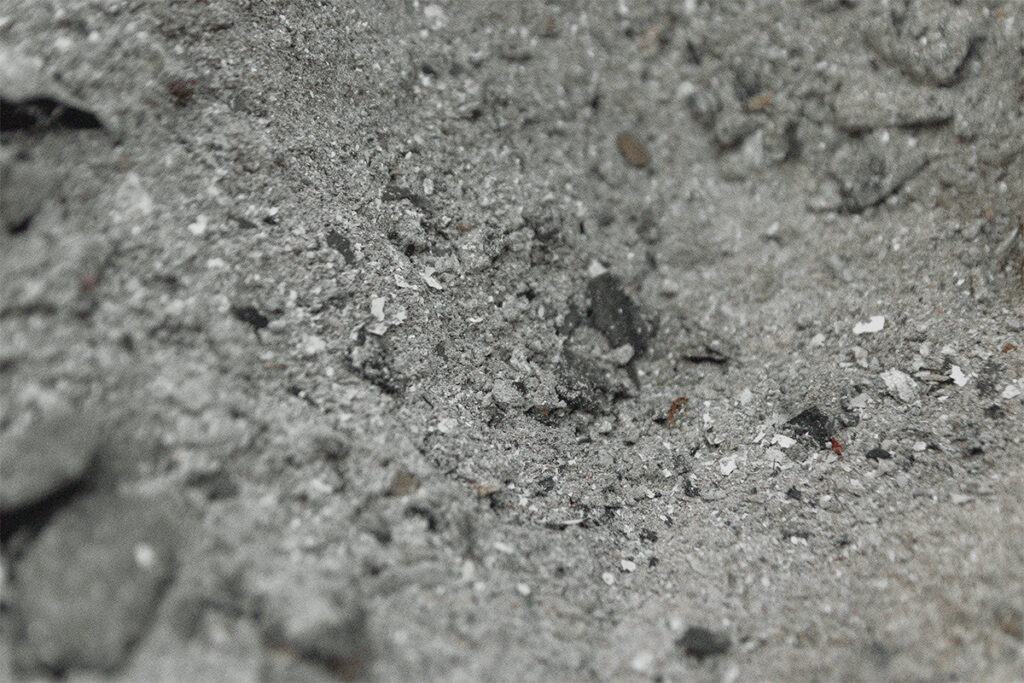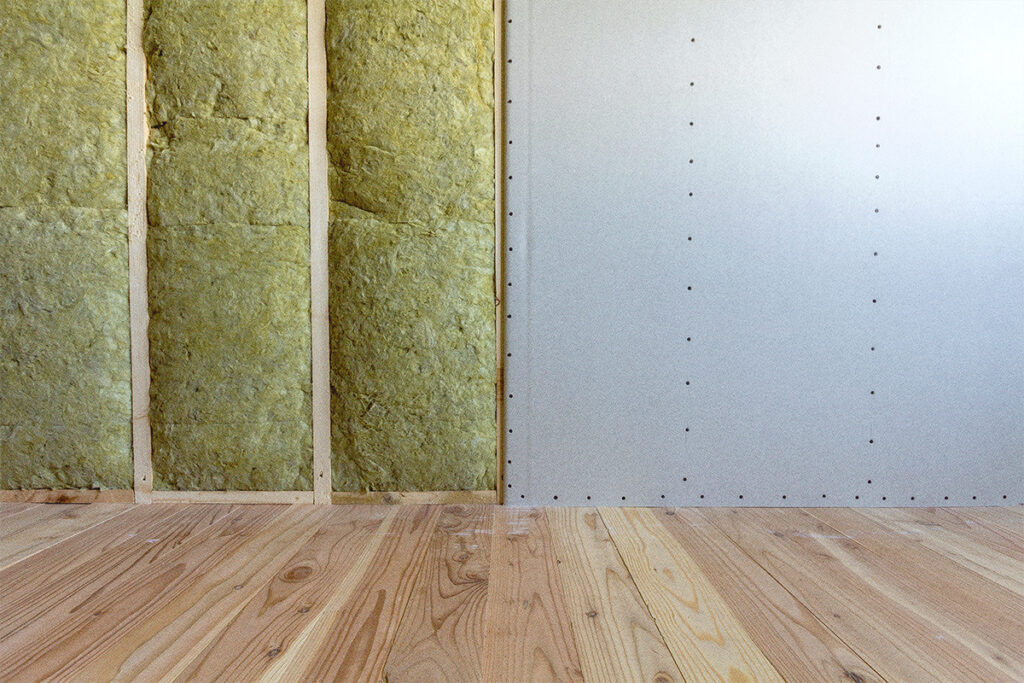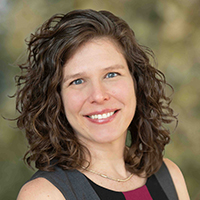Keep reading about similar topics.




This Women’s History Month, we’re celebrating an incredible leader in the green chemistry and healthy materials space: our very own Teresa McGrath! Teresa is Habitable’s Chief Research Officer, leading our research strategies.
Prior to working at Habitable, Teresa led the Chemical Management Program for Sherwin-Williams, the largest paints and coatings company in the world, where she focused on hazards reduction and transparency and assisted business units in meeting sustainability and green chemistry goals. She also spent nine years as the Senior Managing Toxicologist at NSF International’s Green Chemistry Programs, and two years at the Environmental Protection Agency in the Design for the Environment (DfE) Branch of the Office of Pollution Prevention and Toxics (OPPT).
We caught up with Teresa to learn why she’s a champion for safer chemicals and healthier products and to get her perspective on the industry today.
HABITABLE:
What got you interested in working in sustainable products and clean chemistry?
TERESA MCGRATH:
It all starts with my family. Specifically my father – who would never identify as an environmentalist – but through his actions taught me to care for those who are most vulnerable and to take care of our planet. For example, more than once I witnessed my dad giving CPR to an injured animal that one of our dogs had mangled. In grade school I disgusted my friends by pulling carrots out of a peanut butter and jelly coated baggie my father had reused (this was before reusable bags were a thing!).
In college I did a research project on how to remove pesticides from drinking water using a biocatalytic filter method. It took me until the end of the project to ask myself “Wait, why is this pollution in our drinking water to begin with? Why are we using chemistry in such an inefficient, clumsy way?” After a little digging I stumbled on the Twelve Principles of Green Chemistry, authored by Dr. Paul Anastas and Dr. John Warner. These principles are centered around using chemistry to prevent pollution rather than create it, to make efficient use of resources down to every atom, to avoid waste. This was an inspiring moment for me.

I decided to pursue a graduate degree in chemistry that focused on Green Chemistry. At the time the only graduate program focused entirely on “Clean Chemical Technology” was in the U.K. at University of York. Off to England I went, and I have worked in the field of Green Chemistry for my entire career.
H:
What has surprised you the most about working in this field?
TM:
I have worked in government, NGOs, and industry. I think what is surprising is how much these stakeholders have in common and how most people want the same things when it comes to human health and the environment. Most people want (to make, use, or buy) safer products that work well and they can afford. It is this alignment that we can all use to make progress.
The most exciting projects in my work experience were those that harnessed input from different stakeholders with different perspectives. For example, in 2017 Valspar invited NGOs and academics who fought against the use of the endocrine-disrupting chemical bisphenol A (BPA) to help them design and test alternatives to BPA for use in food packaging.
We can all learn from each other, and these moments of collaboration are critical to enable market changes toward products that are safer for human health and the environment.
H:
Who has inspired you along your journey?
TM:
In addition to Dr. Anastas and Dr. Warner, I am grateful to Dr. Lauren Heine, who I met at a Gordon Green Chemistry conference when I was in graduate school and has been a friend and mentor to me ever since. Dr. Heine is a leader in the field of green chemistry, green engineering, and sustainable business practices.
I first met Lauren when she was the Director of Applied Science at Green Blue Institute, where she developed the CleanGredients database in partnership with the U.S. Environmental Protection Agency (EPA) to help cleaning product manufacturers find safer alternatives. At Clean Production Action, she co-authored and led the development of the GreenScreen for Safer Chemicals, a method for comparative chemical hazard assessment. She has also worked as Director of Science and Data Integrity at ChemFORWARD, where she co-created a harmonized chemical hazard assessment methodology that will not helps people avoid chemicals of concern, but also identify safer alternatives. She serves on various advisory boards and committees all over the world to share with the rest of the world a bit of the brilliance whenever she can.
Lauren taught me that collaboration is one of the most important tools to inspire change. She has an unique ability to build connections and relationships with every project she is involved with. I aspire to approach my work with this same focus.
I also credit Lauren with helping me land my very first job out of graduate school at the EPA despite the fact that I handed her a printed resume on scented paper (long story!).
H:
What are you excited about?
TM:
When I talk to project teams about how they find and select healthier products for new construction or retrofits, I often hear that they rely on disclosures like Health Product Declarations (HPDs) or Declare labels, or ecolabels such as Greenseal or Cradle to Cradle certifications, or most often they rely on manufacturer claims about the product.
I’m feeling optimistic that there has been more traction with manufacturers using these great transparency programs. There are a limited number of products on the market today that carry disclosures, and even fewer that have ecolabels. Real estate teams often feel stuck when the product they want to select is not yet disclosed. Also, because a product carries a disclosure or an ecolabel does not mean it is the best choice to avoid hazards for that product category.
I believe that there is a lot of value in disclosures and product certifications and that they play a critical role in our ecosystem. And, I believe the most powerful way to achieve safer products is to start BEFORE relying on those product disclosure tools. Project teams can take advantage of product type guidance to select products that are typically safer than others – all before ever selecting from an individual manufacturer.
Habitable’s InformedTM product guidance is informed by our 20+ years of building materials research. Guidance for individual product categories are generated by analyzing everything we know about a product category, including the way the products are made, the hazards associated with the product content, and end of life options for different product types. The reason I am so excited about this resource is that it summarizes a LOT of technical information into a simple, easy to use format that can be applied easily to both benchmark current practices and select typically safer products for projects, and even help document the powerful impacts of choosing safer materials on a project.
H:
What advice do you have for up-and-coming leaders in this space?
TM:
Don’t be afraid to reach out directly to professionals to learn more about their jobs. Ask what experience they are looking for in candidates, what their day to day looks like, and even directly ask about open positions or internship opportunities. Once you are in a role, actively look for opportunities to meet people within and outside of your organization. By expanding your network you learn different perspectives and build your capacity to collaborate on your next project. I can say from experience that you can make an impact from many different vantage points. We need young energetic leaders in NGOs, government, industry, and academia who are passionate about making the world a better place!